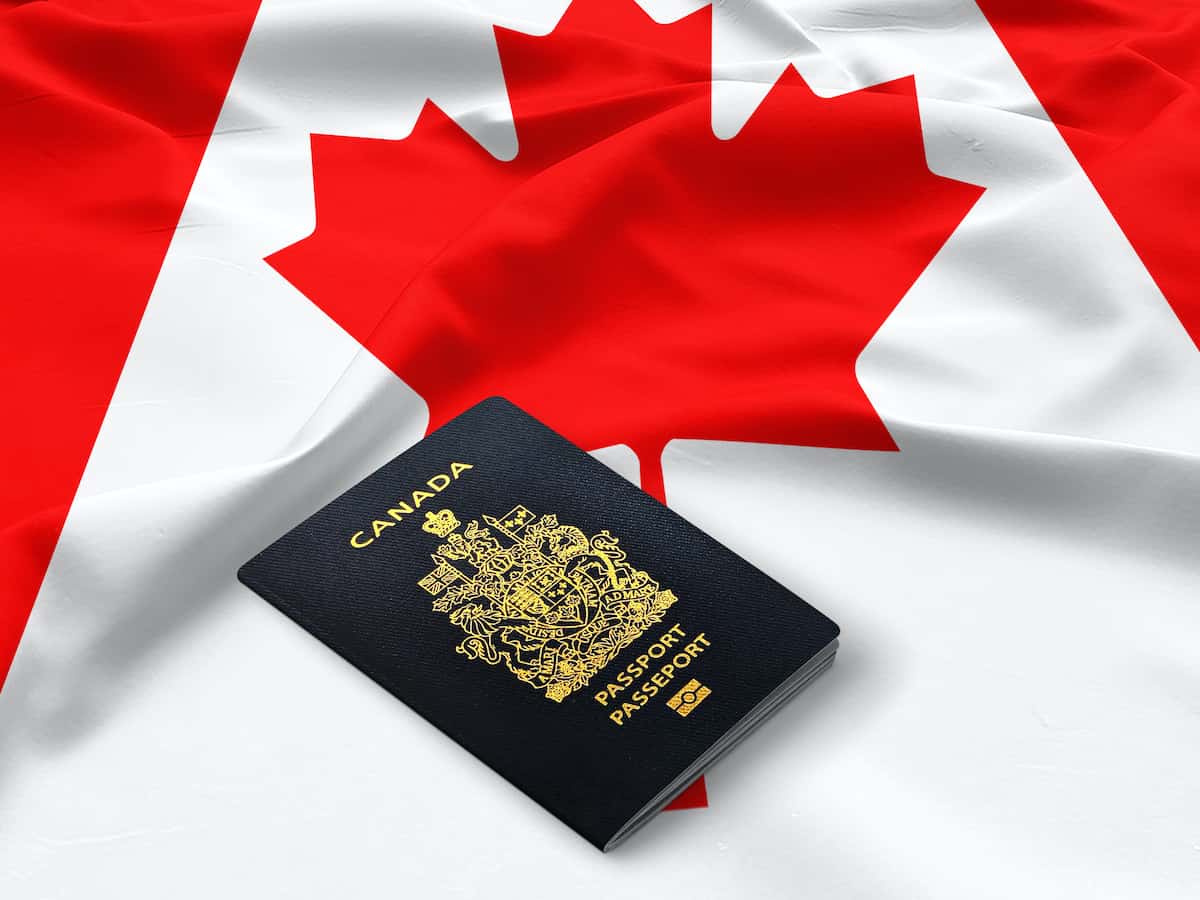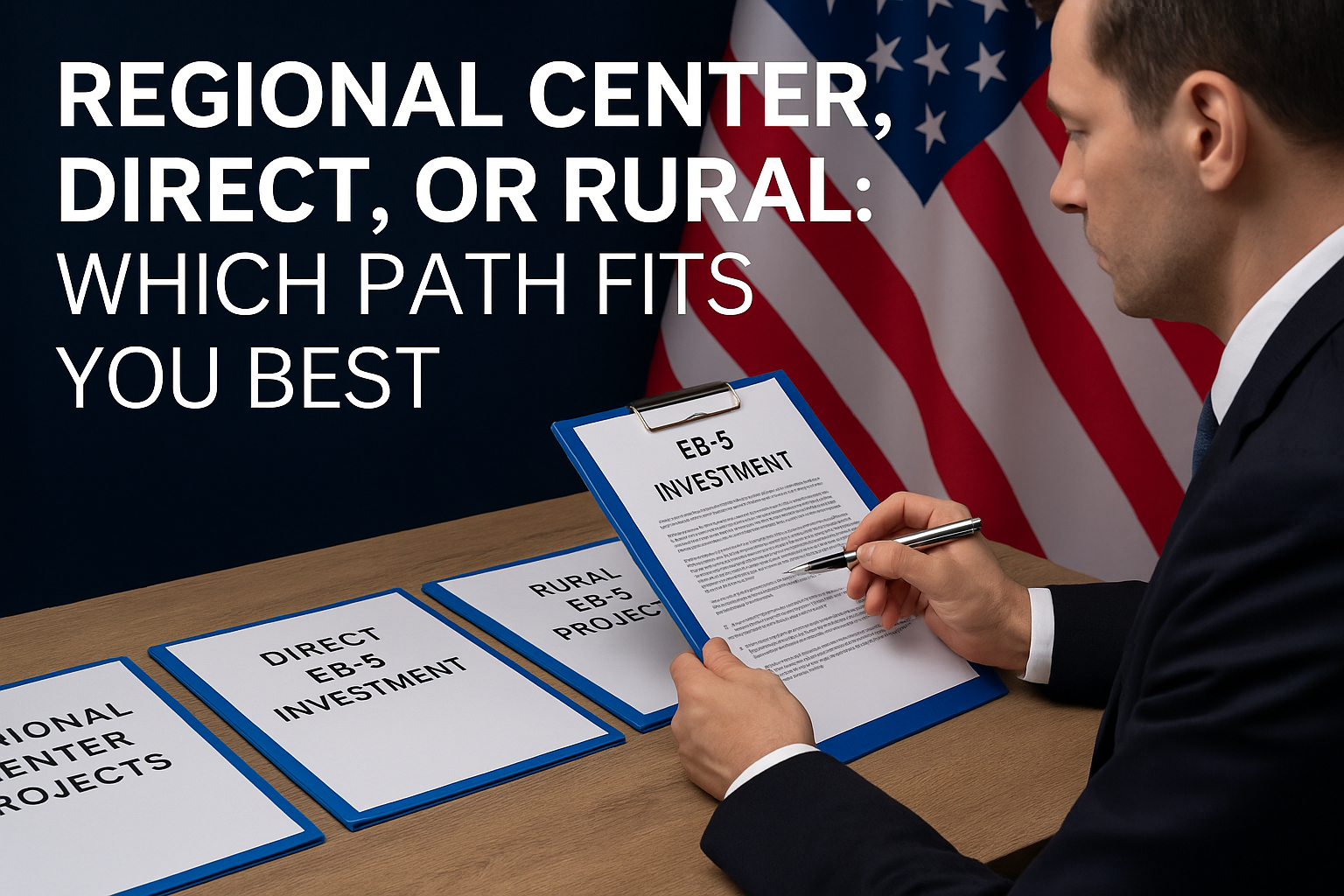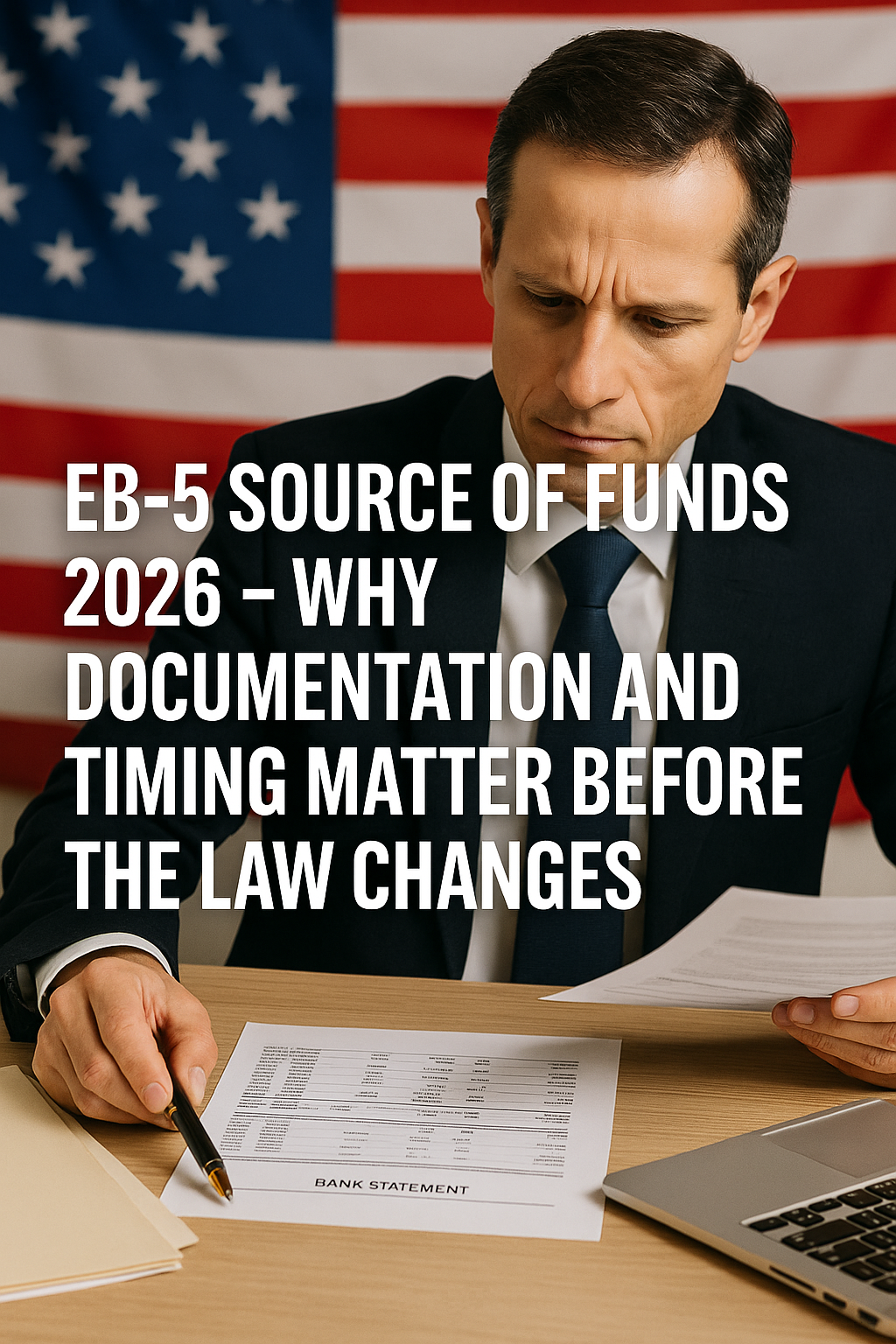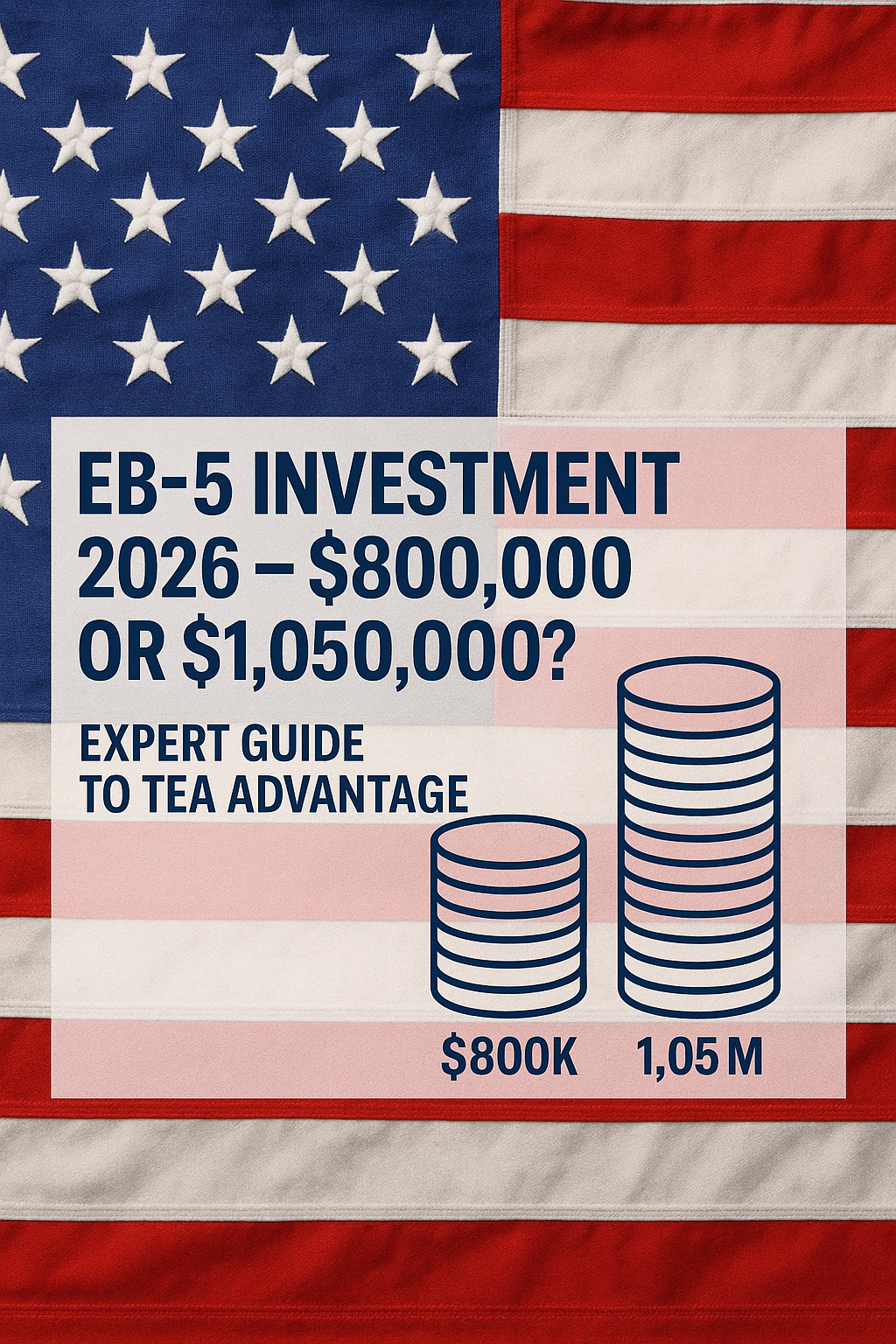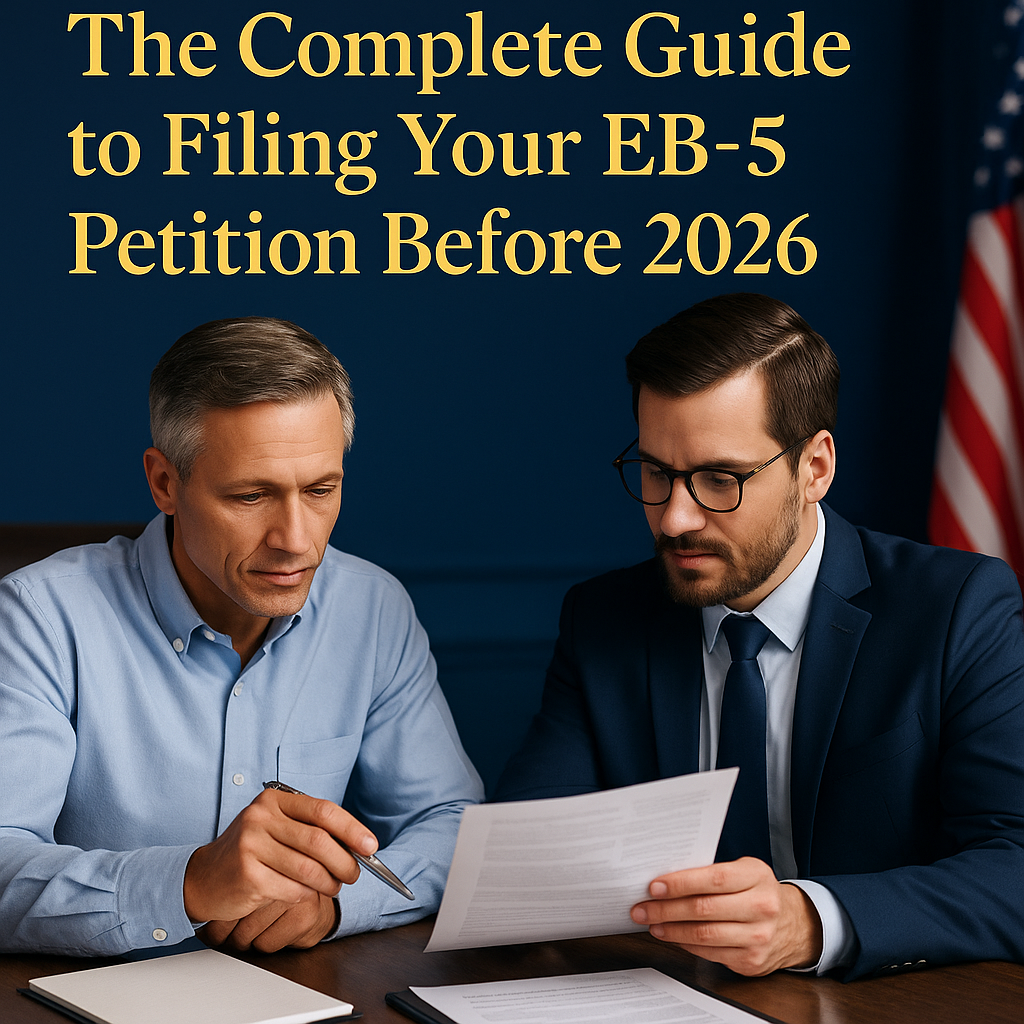Canada is one of the world’s top destinations for immigrants. It offers a high quality of life, a stable economy, and diverse, welcoming communities. The country has created many pathways for skilled individuals and families to become permanent residents. These pathways are famous for being clear and well-managed.
However, the Canadian immigration system is also very complex. With so much information available online, it is easy to find myths and outdated advice. These misconceptions can lead to poor planning and deep disappointment. It is vital to base your journey on facts, not fiction. This guide will clear up the biggest myths about applying for Canada residency.
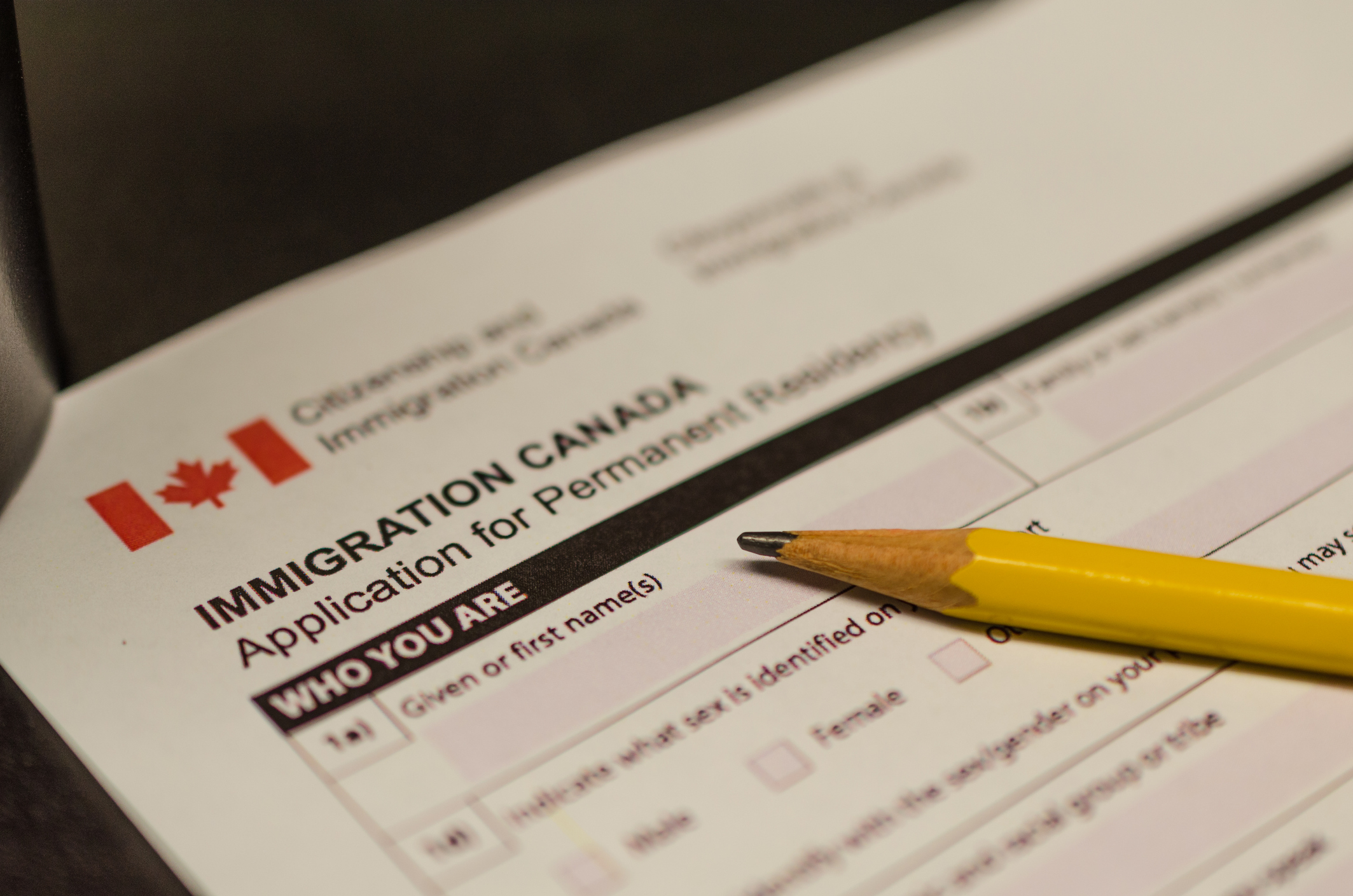
Myth 1: A Study Permit is a Direct Ticket to Residency
This is one of the most common myths, especially among international students. Many believe that being accepted into a Canadian college or university is a guarantee of future residency. This is a dangerous misunderstanding.
Fact: A study permit is a temporary residence visa. It allows you to live in Canada for the duration of your studies. It is not permanent residency. However, it is a powerful pathway to residency. After graduating, you may be eligible for a Post-Graduation Work Permit (PGWP). The PGWP allows you to gain valuable Canadian work experience. This combination of Canadian education and work experience makes you a very strong candidate for many permanent residency programs. The study permit is the first step, not the final destination.
Myth 2: Express Entry is the Only Path to Canada Residency
Many applicants focus all their attention on the Express Entry system. They believe it is the only way to apply for permanent residency as a skilled worker. This narrow focus can cause them to miss other great opportunities.
Fact: Express Entry is an online system. It is used to manage applications for three specific federal programs. These are the Federal Skilled Worker Program, the Federal Skilled Trades Program, and the Canadian Experience Class. While Express Entry is a major pathway, it is not the only one. The Provincial Nominee Programs (PNPs) are another vital route. Each province and territory can nominate candidates who meet their specific economic needs. Some PNP streams are aligned with Express Entry, but many are not.
Myth 3: You Can “Buy” Residency with Real Estate
Applicants familiar with European “Golden Visas” often ask about this. They want to know if they can get Canada residency by purchasing a property. Canada’s approach is very different.
Fact: Canada does not have a passive real estate investment program that leads to residency. You cannot buy a house and get a residence permit. Canada does have programs for entrepreneurs and investors. The Start-Up Visa Program is a key example. However, these programs require you to establish and actively manage an innovative business in Canada. The goal is to create jobs and economic growth, not just to sell property.
Understanding Your Chances and Requirements for Canada Residency
The Canadian system is points-based and competitive. Understanding how the points work and what is required can help you build a better strategy.
Myth 4: A Low CRS Score Means You Have No Chance
In the Express Entry pool, candidates are ranked using the Comprehensive Ranking System (CRS). A high CRS score increases your chances of getting an invitation to apply. A low score can feel discouraging.
Fact: A low CRS score is not the end of your journey. The Provincial Nominee Programs (PNPs) are a powerful tool. If you receive a nomination from a province through an Express Entry-aligned stream, you get an extra 600 points added to your CRS score. This massive bonus virtually guarantees you will receive an invitation in the next draw. Therefore, a key strategy is to research which provinces are looking for people with your skills.
Myth 5: A Canadian Job Offer is Always Mandatory
Many skilled workers believe they cannot even apply without first securing a job in Canada. This can seem like an impossible task from overseas.
Fact: A valid job offer adds significant points to your CRS score. However, it is not a mandatory requirement for all programs. The Federal Skilled Worker Program, for example, is designed for skilled workers with foreign experience. It uses a points grid based on your age, education, language skills, and work experience. It is possible to be invited without ever having a Canadian job offer.
Myth 6: You Must Apply for Residency from Your Home Country
Many applicants assume the entire process must be completed from outside of Canada. They plan their journey around this “outland” application process.
Fact: Canada has many popular “inland” immigration pathways. These are designed for people who are already in Canada on a temporary basis. The Canadian Experience Class (CEC) is the most popular example. It is a key part of the Express Entry system. To qualify for the CEC, you must have at least one year of skilled work experience gained inside Canada. This is why the study permit and PGWP pathway is so effective. It allows you to get the in-Canada experience needed to qualify for a premier Canada residency program.
Achieving Canada residency is a realistic goal for many people around the world. Success depends on having a clear strategy based on facts. Do not let common myths derail your plans. A study permit is a stepping stone. Express Entry is just one part of a larger system. Your CRS score can be improved. And there are many ways to build a successful profile. By understanding the real pathways, you can navigate the system with confidence and turn your Canadian dream into a reality.
Follow us on social media and website for more insights!


